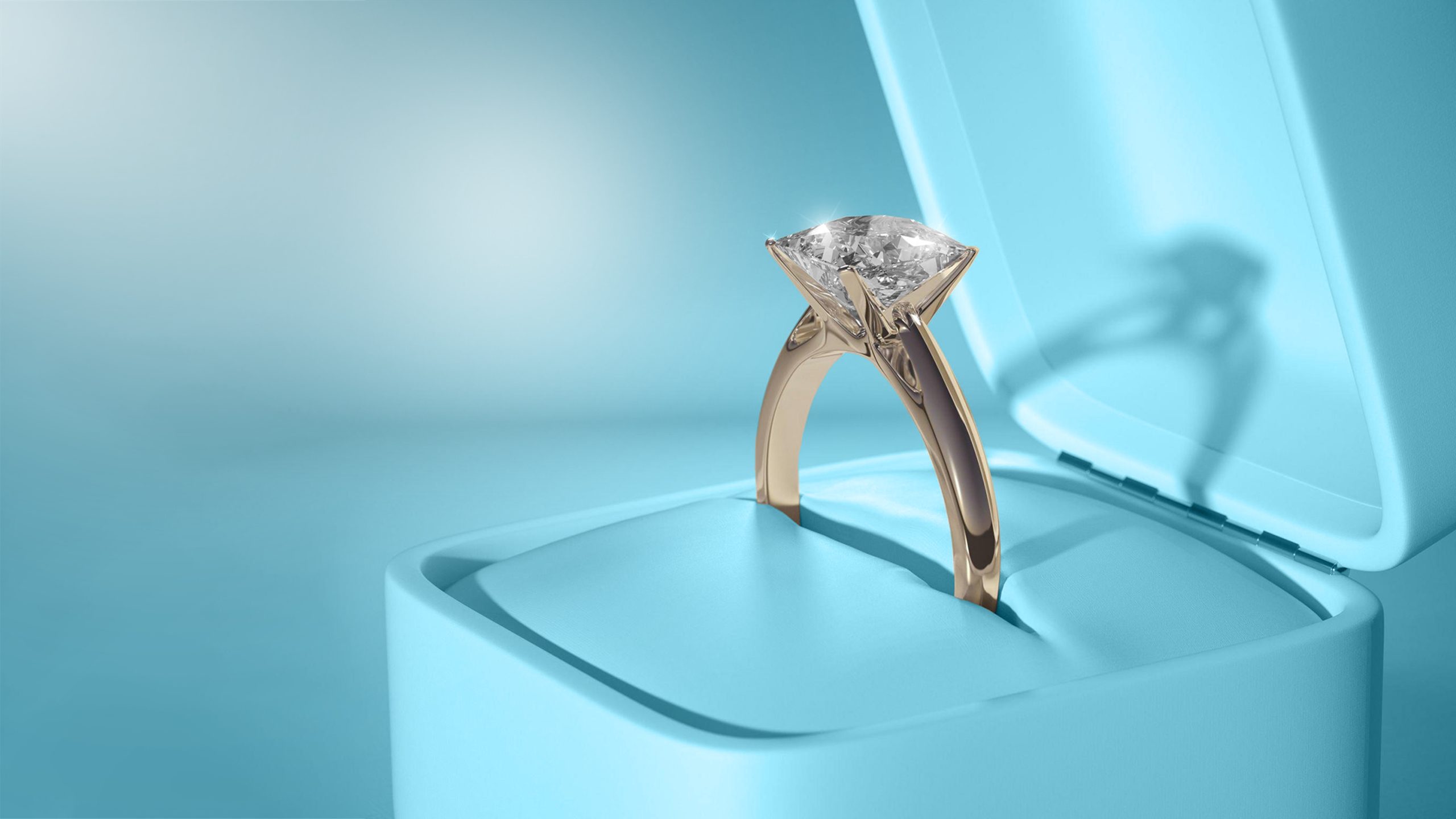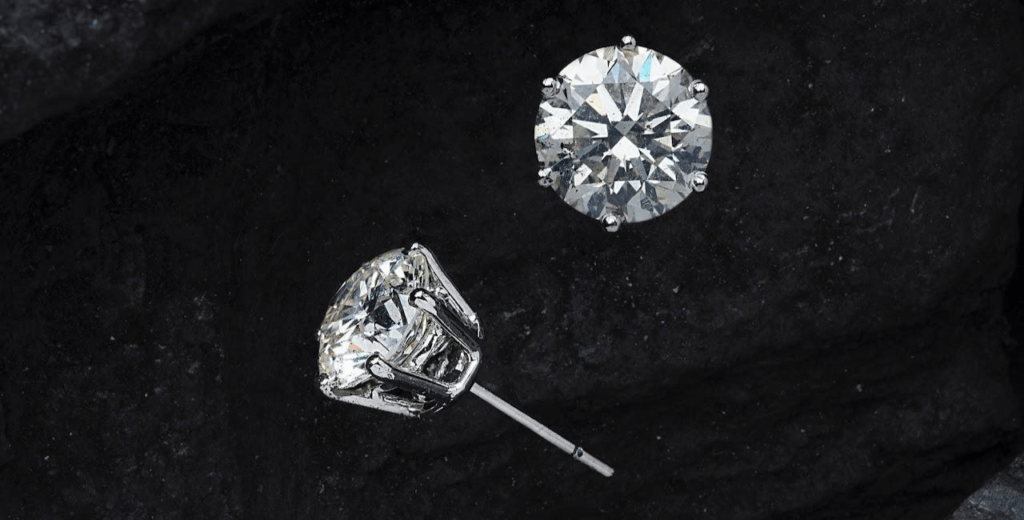In recent years, lab-grown diamonds have emerged as a popular and ethical alternative to traditional mined diamonds. For many, they represent not only a sustainable choice but also a chance to own a beautiful and high-quality gemstone without the ethical concerns associated with mining. This guide explores everything you need to know about lab grown engagement rings and lab diamonds, helping you make an informed decision for one of life’s most significant purchases.
Understanding Lab-Grown Diamonds
Lab-grown diamonds, also known as synthetic or cultured diamonds, are real diamonds created in a controlled environment using advanced technology. Unlike natural diamonds, which are formed over billions of years under the Earth’s surface, lab-grown diamonds are produced in weeks or months. Despite the difference in their origin, they have the same physical, chemical, and optical properties as natural diamonds.
How Lab-Grown Diamonds Are Made
Lab-grown diamonds are created using two main methods: High Pressure High Temperature (HPHT) and Chemical Vapor Deposition (CVD).
High Pressure High Temperature (HPHT)
The HPHT method mimics the natural conditions of diamond formation. Carbon is subjected to extremely high pressure and temperature, leading to the formation of diamond crystals. This process can produce diamonds with a range of colors and sizes, similar to those found in nature.
Chemical Vapor Deposition (CVD)
CVD involves placing a diamond seed in a chamber filled with carbon-rich gases. These gases are ionized to create a plasma, which deposits carbon atoms onto the seed, gradually forming a diamond crystal. CVD diamonds can be customized in terms of size, shape, and color, offering great flexibility.
Comparing Lab-Grown Diamonds to Natural Diamonds
Lab-grown diamonds and natural diamonds share identical physical and chemical properties, including hardness, brilliance, and sparkle. The primary differences lie in their origin and price. Lab-grown diamonds are generally more affordable because their production is less resource-intensive and doesn’t involve the environmental and ethical concerns associated with mining.
Why Choose a Lab-Grown Engagement Ring?
Choosing a lab-grown engagement ring offers several benefits, making it an appealing choice for many couples.
Ethical Considerations
Lab-grown diamonds eliminate many of the ethical issues associated with traditional diamond mining, such as conflict diamonds and exploitative labor practices. By opting for a lab-grown diamond, you support a more transparent and ethical industry.
Environmental Impact
The environmental footprint of lab-grown diamonds is significantly smaller compared to mining. Lab-grown diamonds require less land disruption and produce fewer greenhouse gases, making them a more eco-friendly option.
Cost-Effectiveness
Lab-grown diamonds can be up to 40% less expensive than their natural counterparts. This cost savings allows you to allocate your budget to other aspects of the engagement, such as a larger stone or more intricate setting.
Choosing the Perfect Lab-Grown Engagement Ring
When selecting a lab-grown engagement ring, consider the same factors you would for a natural diamond: the 4 Cs—Cut, Color, Clarity, and Carat Weight.
Cut
The cut of a diamond affects its brilliance and sparkle. Lab-grown diamonds can be cut into various shapes, including round, princess, emerald, and oval. Choose a cut that enhances the diamond’s natural beauty and complements your partner’s style.
Color
Lab-grown diamonds come in a range of colors, from colorless to shades of yellow and brown. The color grading of lab-grown diamonds is similar to that of natural diamonds, with D being completely colorless and Z having noticeable color.
Clarity
Clarity refers to the presence of internal or external flaws, known as inclusions and blemishes. Lab-grown diamonds can be as clear as natural diamonds, with high-quality stones showing minimal to no visible imperfections.
Carat Weight
Carat weight measures the size of the diamond. Lab-grown diamonds can be found in various carat sizes, so you can select one that fits your budget and preferences.
Popular Settings for Lab-Grown Engagement Rings
Lab-grown diamonds can be set into various styles of engagement rings, allowing for personalization and uniqueness.
Classic Solitaire
The classic solitaire setting features a single diamond held by a simple band. This timeless style highlights the beauty of the diamond and suits any taste.
Halo
A halo setting encircles the center diamond with smaller stones, enhancing its sparkle and giving the appearance of a larger diamond. This setting adds a touch of glamour and elegance.
Three-Stone
The three-stone setting features a center diamond flanked by two smaller diamonds, symbolizing the past, present, and future of your relationship. This setting offers a classic yet meaningful design.
Custom Designs
For a truly unique engagement ring, consider a custom design. Work with a jeweler to create a ring that reflects your partner’s personality and style, incorporating their favorite features and details.
Caring for Your Lab-Grown Engagement Ring
Lab-grown diamonds are as durable as natural diamonds and require similar care to maintain their brilliance.
Cleaning
Regular cleaning helps keep your ring sparkling. Use a mild soap solution and a soft brush to clean the diamond, and rinse it thoroughly. Avoid harsh chemicals and ultrasonic cleaners.
Storage
Store your engagement ring in a soft cloth or jewelry box to prevent scratches and damage. Keep it separate from other jewelry to avoid contact with harder materials that could cause abrasion.
Conclusion
Lab-grown engagement rings and lab diamonds offer an attractive and responsible alternative to traditional mined diamonds. With their ethical and environmental benefits, affordability, and high quality, they present a compelling choice for modern couples. Whether you opt for a classic solitaire, a dazzling halo, or a custom-designed piece, a lab-grown diamond can symbolize your love and commitment in a meaningful way.



